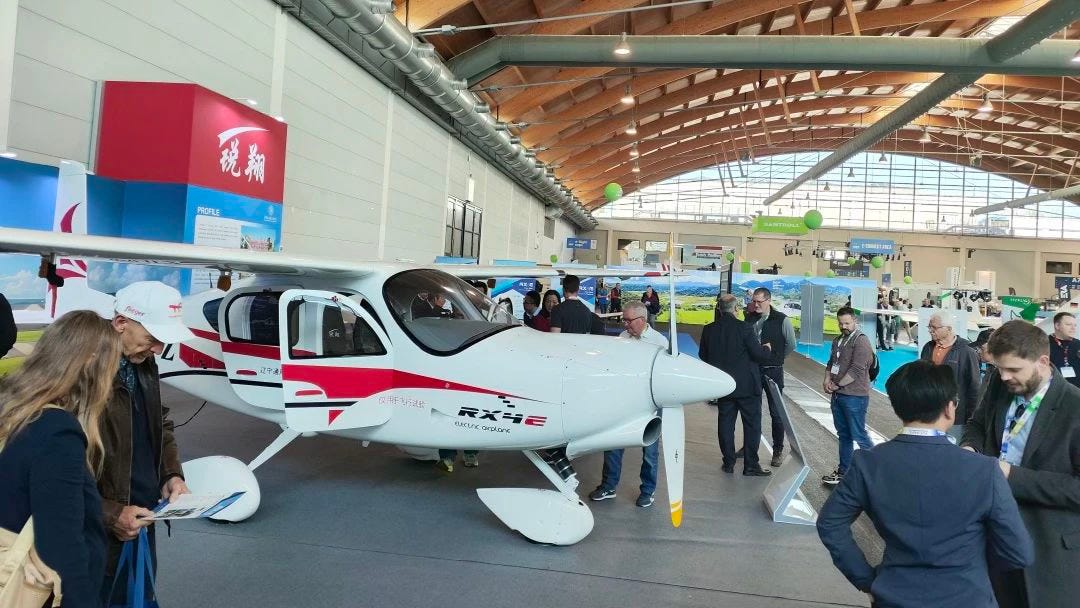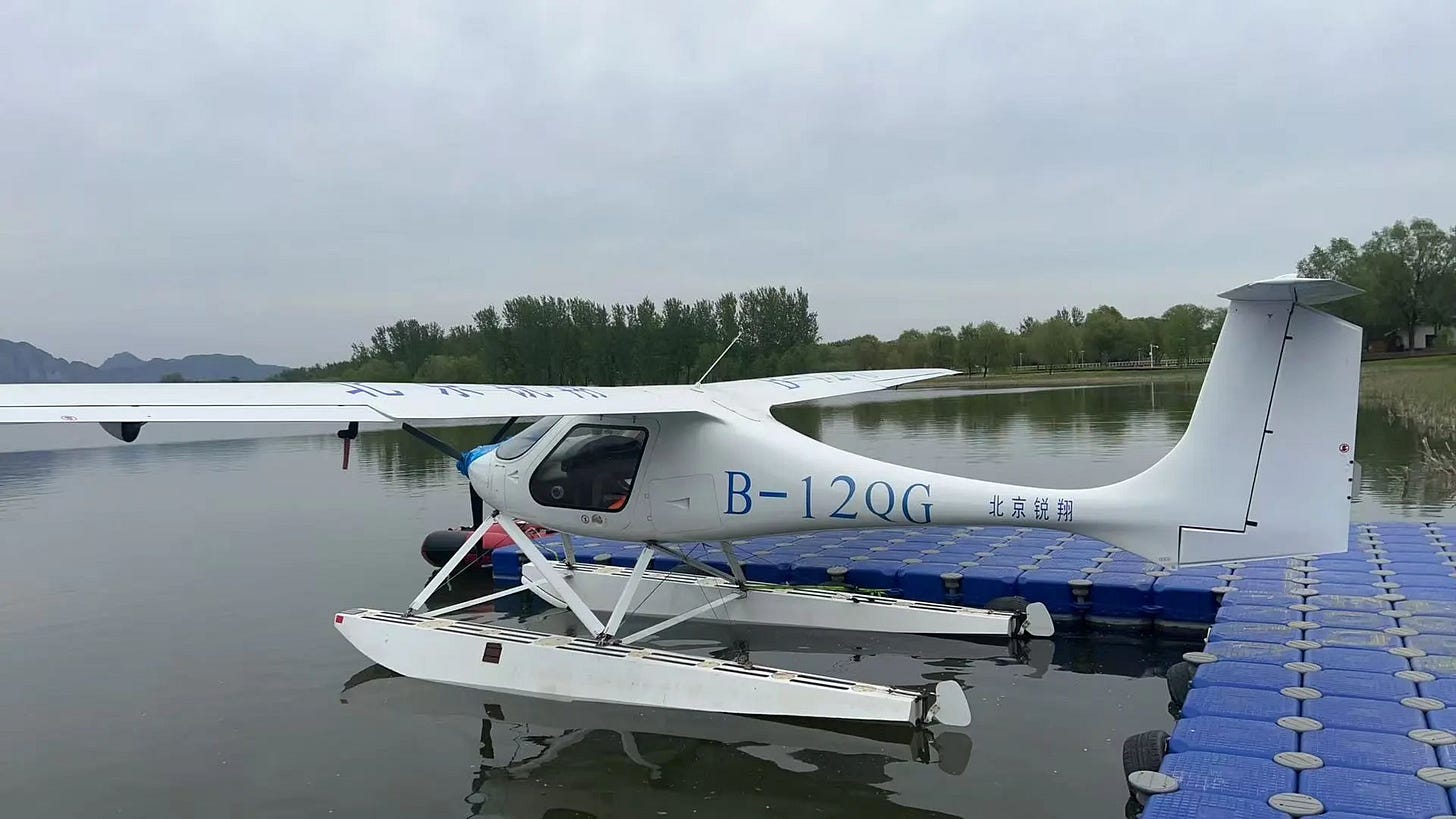Volar Air, Falcon Aviation Ink MoU to Bring RX Electric Aircraft to UAE
Both sides view the initiative as a key contributor to Abu Dhabi’s broader AAM plans.
Henry Hooi, founder of Volar Air Mobility, reached out this morning to announce a major milestone for his Hong Kong-based company — the signing of a memorandum of understanding (MoU) with Falcon Aviation Services to bring electric aircraft to the United Arab Emirates.
The MoU centers on the RX-series electric aircraft developed by China’s Liaoning General Aviation Academy (LGAA), which includes models such as the RX1E-A, RX1E-S, and RX4E.
The agreement outlines joint efforts across five key areas — aircraft certification coordination, sales and distribution, maintenance and after-sales support, localized final assembly under the “Make it in the Emirates” initiative, and the operational deployment of electric aircraft.
Both sides view the initiative as a key contributor to Abu Dhabi’s broader plans to expand its capabilities in sustainable aviation and advanced air mobility (AAM) technologies.
This partnership with Falcon Aviation is not just strategic; it is catalytic. The UAE has demonstrated remarkable foresight in supporting green mobility, and this MoU places us on the runway to realise the potential of electric aviation in the region. Our collaboration is a major leap toward decarbonising air travel and integrating electric aircraft into real world use cases — Henry Hooi, founder of Volar Air Mobility.
This collaboration with Volar marks a clear and strategic step in the evolution of aviation in the UAE. Falcon Aviation is a key stakeholder in the country’s air mobility ecosystem, with deep operational expertise in helicopter services, vertiport readiness, and regulatory integration. Our proven track record positions us to enable the successful deployment and support of electric aircraft. This MoU sets the foundation for a sustainable and innovative transformation of general aviation, aligned with the UAE’s vision for clean and connected mobility — Captain Ramandeep Oberoi, CEO of Falcon Aviation Services.

As readers may recall, the RX4E received type certification last December under China’s CCAR-23 airworthiness regulations for normal category aircraft.
Since then, LGAA of Shenyang Aerospace University has continued to build recognition for its electric aircraft series, with a newer model now quietly emerging.
On July 5, LGAA celebrated the successful maiden flight of the RX4M, a four-seat hybrid-electric aircraft developed by its research team.
According to Shenyang Aerospace University, the RX4M is China’s first hybrid-electric aircraft, combining lithium batteries with hydrogen fuel cells.
Led by Academician Yang Fengtian, the project represents four years of collaborative research involving multiple institutions, including the Dalian Institute of Chemical Physics, Chinese Academy of Sciences (中国科学院大连化学物理研究所), Harbin Institute of Technology (哈尔滨工业大学), CRRC Zhuzhou Electric Locomotive Research Institute Co., Ltd. (中车株洲电力机车研究所有限公司), and Chongqing Kaery Power Technology Co., Ltd. (重庆凯瑞动力科技有限公司).
The RX4M has a maximum takeoff weight of 1,400 kilograms (approximately 3,086 pounds), a payload capacity of 320 kilograms (705 pounds), a range of 400 kilometers (249 miles), and a flight endurance of about two hours.
All major components are designed and manufactured domestically.
LGAA is also developing the RX4HE, a four-seat light aircraft powered by hydrogen combustion, which completed its maiden flight on January 29, 2024, at Shenyang Faku-Caidu Airport.

Meanwhile, on May 8, the RX1E-S two-seater electric amphibious aircraft completed its maiden flight in Beijing at the Guishui River near Yanqing’s World Garden Park.
Equipped with dual-pontoon landing gear and retractable water rudders, the RX1E-S can take off and land within 200-meter (656-foot) waterways and perform precise docking.
According to the announcement, the RX1E-S is 40% quieter than fuel-powered aircraft and produces zero emissions, making it suitable for use in ecologically sensitive environments. Its bionic pontoon design also reduces wave resistance by 30%, helping to minimize disruption to aquatic ecosystems.
The aircraft is slated to begin fishery law enforcement trials at Guanting Reservoir, supporting ecological monitoring and fishery patrols in the Guishui River basin.





